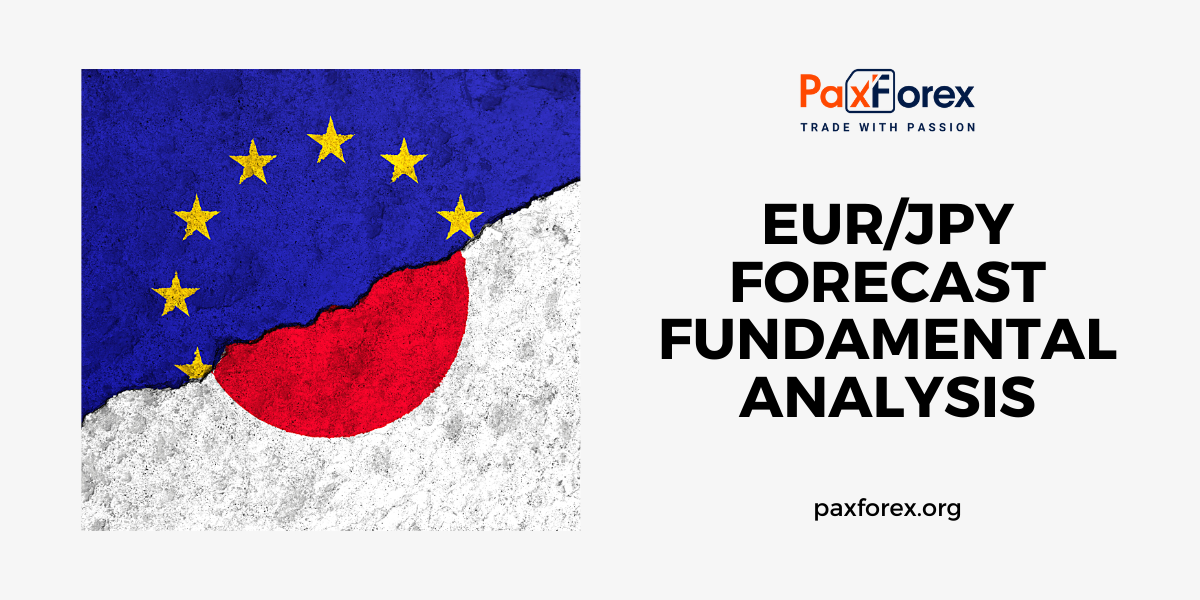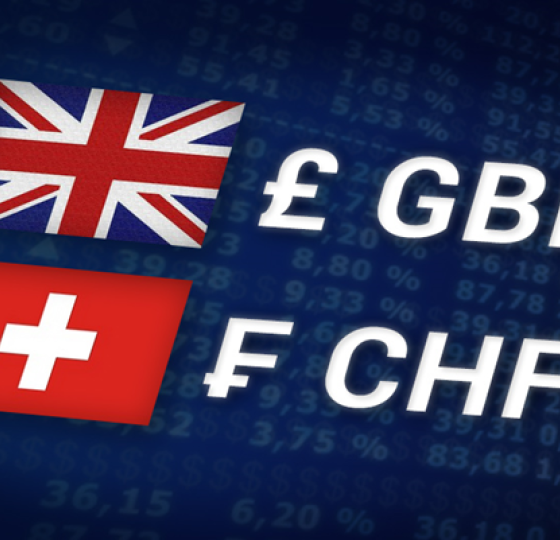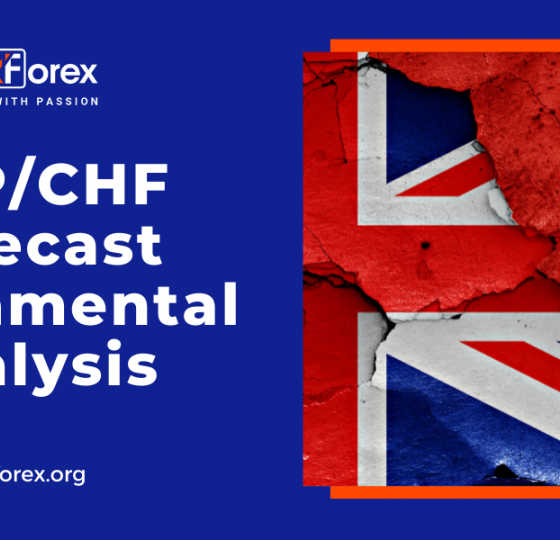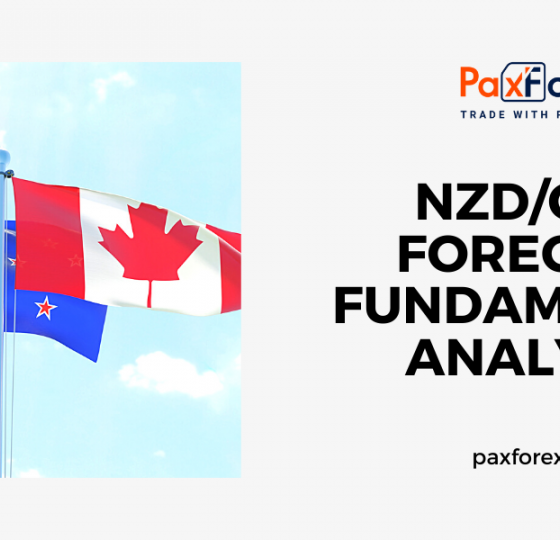
Source: PaxForex Premium Analytics Portal, Fundamental Insight
The Japanese Jobless Rate for November came in at 2.5%, and the Job-to-Applicant Ratio at 1.35. Economists predicted a figure of 2.5% and 1.26. Forex traders can compare this to the Japanese Jobless Rate for October, reported at 2.6%, and to the Job-to-Applicant Ratio at 1.35.
Japanese Retail Sales for November decreased by 1.1% monthly and increased by 2.6% annualized. Forex traders can compare this to Japanese Retail Sales for October, which rose 0.3% monthly and 4.4% annualized. Large Retailer’s Sales for November dropped 1.1% monthly. Forex traders can compare this to Large Retailer’s Sales for October, which increased by 0.3% monthly.
The 2-year Japanese bond auction showed a positive yield, suggesting borrowing costs in Japan began to increase after the Bank of Japan tweaked its monetary policy in a surprise move last week. It is often the first step to an interest rate increase, with the Japanese central bank the only major one with negative rates.
The Bank of Japan Core CPI for November increased by 2.9% annualized. Economists predicted a rise of 2.8%. Forex traders can compare this to the Bank of Japan Core CPI for October, which rose 0.7% annualized.
Japanese Housing Starts for November decreased by 1.4% annualized, and Construction Orders plunged by 9.7% annualized. Forex traders can compare this to Japanese Housing Starts for October, which dropped 1.8% annualized, and Construction Orders, which surged 7.9%.
Traders get no material economic data out of the Eurozone besides three French bond auctions for three, six, and twelve months BTFs. France is the second-largest Eurozone economy, and in a holiday-thinned trading session, the auction could provide a small insight into the interest rate forecasts of market participants. The lack of market-moving data could increase trading volume in Euro crosses after the auction.
The forecast for the EUR/JPY is cautiously bullish in the short term, but the longer-term outlook for 2023 is bearish. Volatility could increase as the Tenkan-sen descends after the Kijun-sen has flatlined. Adding to the temporary upside momentum is the gradually ascending Ichimoku Kinko Hyo Cloud. A false bullish crossover could happen, with the ascending Senkou Span A briefly eclipsing the flat Senkou Span B before bears take over. Traders should also pay attention to the CCI after it recorded a higher low in extreme oversold territory before completing a breakout. A move above zero may push price action higher, but this technical indicator could reverse quickly. Can bulls sustain a temporary uptrend in the EUR/JPY and force price action into its horizontal resistance area?
The German Import Price Index for February increased 1.3% monthly and 26.3% annualized. Economists predicted an increase of 1.8% and 26.9%. Forex traders can compare this to the German Import Price Index for January, which increased 4.3% monthly and 26.9% annualized.
The German GfK Consumer Confidence Survey for April came in at -15.5. Economists predicted a figure of -14.0. Forex traders can compare it to the German GfK Consumer Confidence Survey for March at -8.5. French Consumer Confidence for March is predicted at 94. Forex traders can compare it to French Consumer Confidence for February at 98.
Forex traders carefully monitor how the Bank of Japan will react to the collapsing Japanese Yen following comments of bad Yen weakening by the central bank. The Bank of Japan continues its dovish monetary policy and buys Japanese bonds to defend its 0.25% yield target through its yield curve control (YCC) mechanism. After the Japanese Yen hit seven-year lows intra-day and closed at six-year lows, Japan noted close communication with the US on currency issues. Some traders fear that the Japanese Yen could collapse below levels seen during the 1998 Asian financial crisis, which prompted the Bank of Japan to bail out its banks, a move the US repeated in 2008 during the global financial crisis.
The forecast for the EUR/JPY remains cautiously bearish following a massive advance over the past four weeks spanning 1,320 pips. Traders should remain cautious, but the latest D1 candlestick suggests a reversal may follow. Adding to downside pressures is the flat Kijun-sen, pointing towards a lack of short-term bullishness. The Tenkan-sen moves higher, but the Ichimoku Kinko Hyo Cloud suggests the rally is overdone and that a mean reversion is pending. Another significant bearish signal is the negative divergence in the CCI, which formed in extreme overbought territory, where a breakdown below 100 could trigger a sell-off. Can bears reverse the bullish stampede and pressure the EUR/JPY into its horizontal support area? Subscribe to the PaxForex Daily Fundamental Analysis and earn over 5,000 pips per month.
Should price action for the EURJPY remain inside the or breakout above the 140.750 to 141.750 zone, PaxForex recommends the following trade set-up:
- Timeframe: D1
- Recommendation: Long Position
- Entry Level: Long Position @ 141.450
- Take Profit Zone: 144.550 – 145.500
- Stop Loss Level: 140.200
Should price action for the EURJPY breakdown below 140.750, PaxForex recommends the following trade set-up:
- Timeframe: D1
- Recommendation: Short Position
- Entry Level: Short Position @ 140.200
- Take Profit Zone: 138.800 – 139.500
- Stop Loss Level: 140.750
Open your PaxForex Trading Account now and add this currency pair to your forex portfolio.













